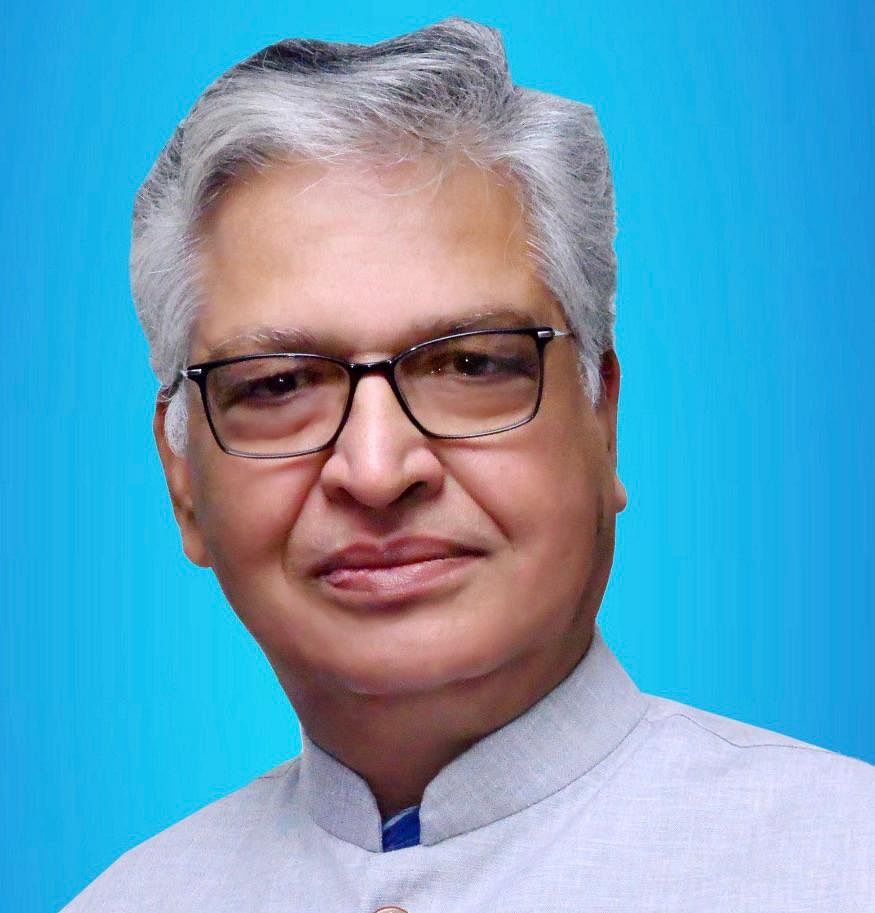
Furqan Qamar.
Credit: Special Arrangement
India is a union of states, and ‘education’ was transferred from the State to the Concurrent List of the Constitution a long time ago. Coordination and determination of standards in higher education remains the responsibility of the Centre. The phraseology suggests that the union government would determine standards in coordination with the state governments.
The past national policies on education (NPEs) gave due consideration to the concerns of the states. They were carefully articulated to alleviate most of the anxieties and thus took all stakeholders on board. The states were treated as partners in the policy planning process and were given some space to make their voices heard and accepted.
For the first time after Independence, the states are so piqued and frustrated by the new education policy (NEP 2020) that many contemplate having their own policies. Strangely, this comes at a time when the promise to cooperative federalism is as high-pitched as ever before.
Their consternation emanates from many reasons. For them, the new education policy is a missed opportunity, failing to resolve pending bones of contention. While they had expected relief from the NEET kind of entrance examination as a sole basis for admission in all higher education institutions, the policy provided ground for the regulatory bodies to work towards a one-nation-one-examination system.
Rushed revision of textbooks by NCERT further heightened their disquietude. As if these were not enough, the increasing instances of conflict between the governor and the government in appointing and removing the vice-chancellors has become more a norm than an exception.
States are dominant players in providing education to the masses. A national policy can’t afford to either undermine them or ignore their concerns. State education policies may not be problematic if they complement the national policy. Entirely different state policies independent of the national policy do not augur well. In a continent-sized country with variegated diversity, a national education policy must reinforce national integration, cultural cohesion, and harmonious centre-state relations.
States don’t seem to have as much a problem with the content of the policy as they do with its perceived intent. Various initiatives taken in the name of the new education policy give the impression that the text of the policy is being used as a pretext to popularise and promote some particular political agenda. So is the effect of selective implementation.
The text of the policy also betrays confirmation and framing biases. Undermining the developments in the education sector after India attained Independence and eulogising the education system in ancient India are but a pointer of targeted messaging.
No wonder the states feel sidelined and, in fact, at the receiving end, on many counts. The new education policy imposes several dos and don'ts on the states. Most have significant academic, administrative and financial implications. Adding three years of pre-primary education and enhancing program durations in higher education, to mention a few, demand substantial investment in human and physical resources. The policy commits no additional financial support for the purpose.
There are many omissions and commissions in the draft of the policy, which could have been addressed easily if the states had been taken into confidence. Most could have been resolved had the final draft been deliberated in and endorsed by the Central Advisory Board on Education (CABE) prior to the approval by the union.
India succeeded in evolving consensus amongst the G20 nations on the Delhi Declaration. Bringing states of the union on the same page could be much easier. It only requires rising above politics and lending a sympathetic ear with an open mind. The lead shall have to be taken by the Centre.
(The writer, a former adviser on education at Planning Commission, is now a Professor of Management at Jamia Millia Islamia. Views are personal.)